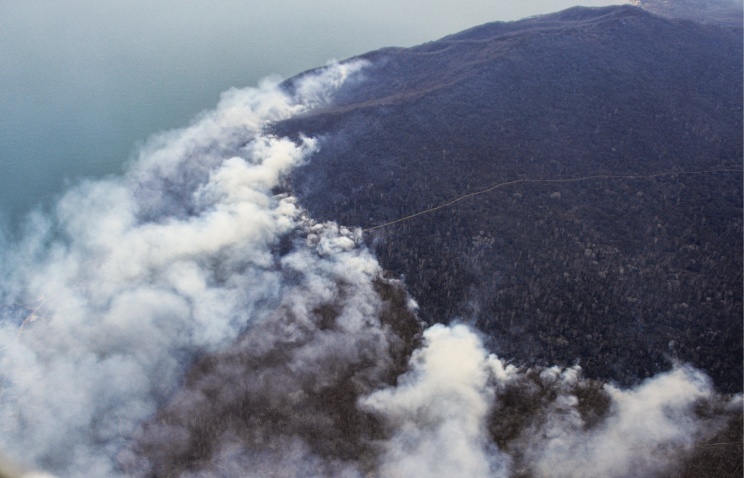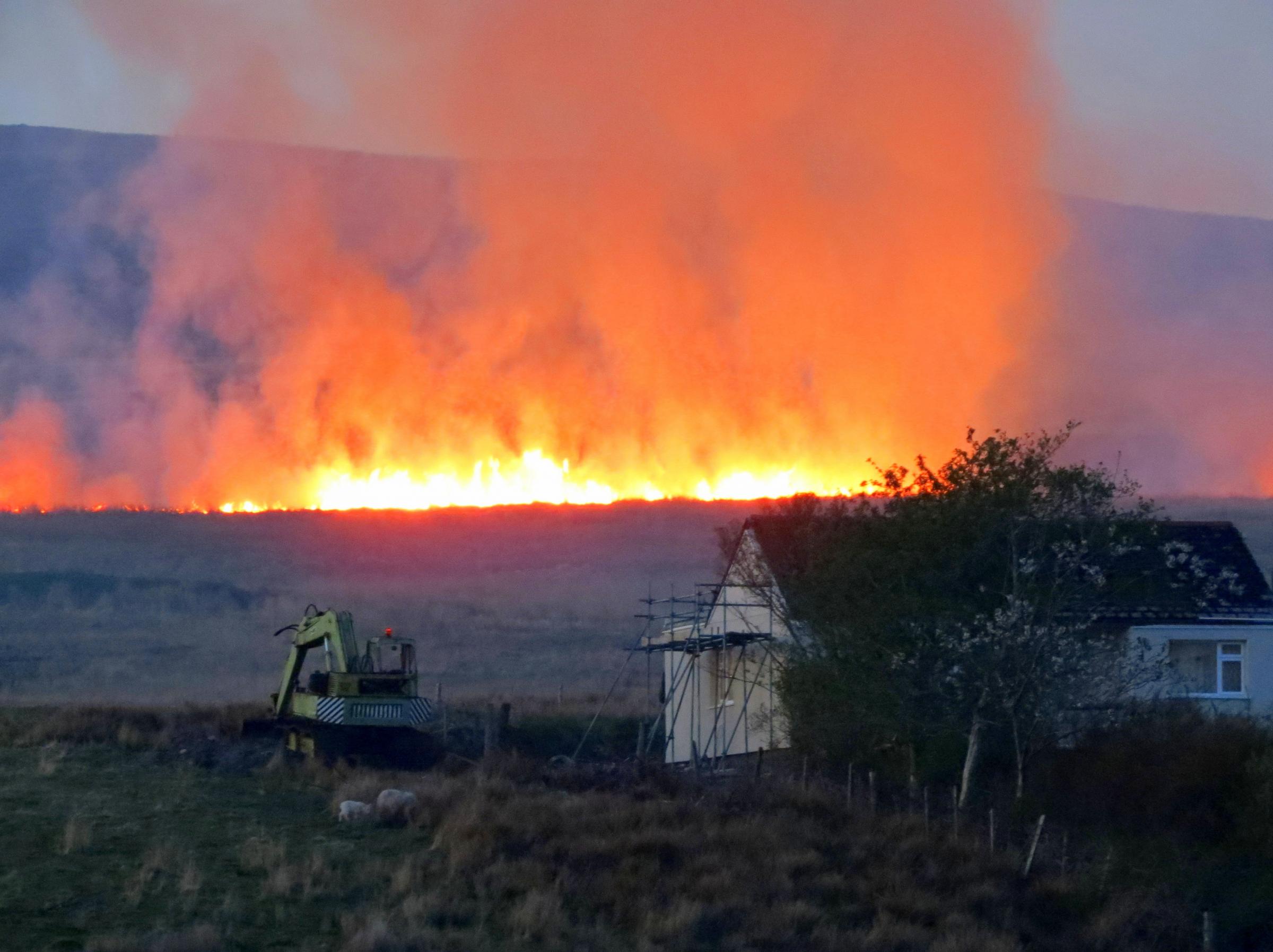
© Unknown
Over 100 wildfires in Russia occupy almost six thousand hectares, representative of the Russian emergency situations authority, EMERCOM, Anatoly Elizarov said on Sunday.
"In the territory of the Russian Federation 104 wildfires occupy 5,834 hectares. The most complicated situation is in the Far East Federal District - in the Amur region, Jewish autonomous region, and the Maritime and Khabarovsk territories, and also in Siberia's Baikal territory," he said.
The wildfires do not threat cities, towns or the economy, he told a meeting of a governmental working group, chaired by EMERCOM's head Vladimir Puchkov.
The spokesperson reported the authority had organised a group of over 18,000 people, who are using over 5,000 specialised vehicles to extinguish the fires. The rescuers are using 23 aircrafts. EMERCOM is using its eleven planes and helicopters: two Il-76 planes, two Be-200 amphibian planes, two Mi-26 helicopters and five Mi-8 helicopters.
"Every day, EMERCOM's aviation is making about 15 flights, making about 100 droppings of over 1,000 tonnes of water," Elizarov said.
He continued adding the authority had been attracting new forces for extinguishing the wildfires.


Comment: Multiple wildfires in recent times across the globe:
Outbreak of multiple wildfires in central Oklahoma
Wildfires break out across Carolinas despite cool temperatures
Federal government steps in to deal with record number of wildfires in Western U.S. this winter
In January 2013 there were zero wildfires in California - In January 2014 there were over 400 wildfires
Huge wildfires across Scottish Highlands
Many Tibetan monasteries and famous sites destroyed this winter by mysterious 'wildfires'
256 wildfires suddenly break out in Victoria, Australia amid heatwave
Wildfires heat up the Arctic as climate change frazzles the north of Siberia